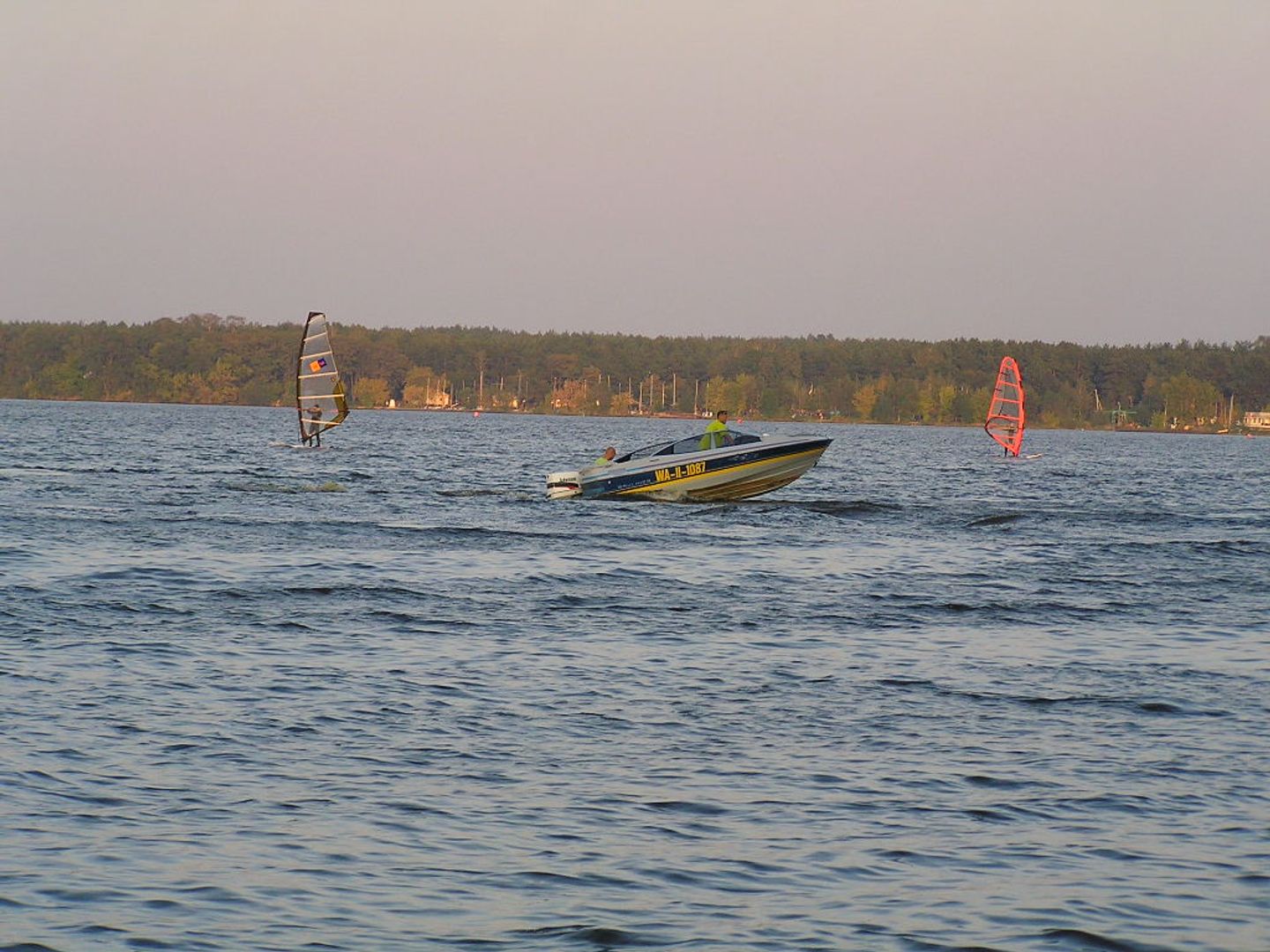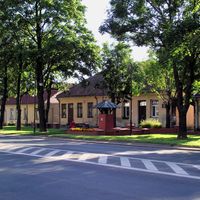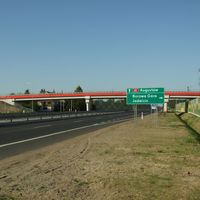Zegrze Reservoir
6.73

Overview
Zegrzyńskie Lake, also known as Zegrze Reservoir, is a retention reservoir on the Narew River, created in 1963 and located in the Warsaw Basin within the Legionowo County. Built primarily for navigation purposes and as a drinking water reserve for Warsaw, the lake covers an area of 30.3 km² and has a capacity of 94.3 million m³. A distinctive feature of the reservoir is its dam in Dębe, which houses a hydroelectric power plant with a capacity of 20 MW. However, the role of the reservoir extends beyond water management; it has contributed to the irrigation of 80 km² of meadows and effective water management over a larger area. Surrounded by pine forests, the lake is a habitat for various bird species, including terns, gulls, and swans. A 332-meter-long road bridge, completed in 2003, connects both shores of the lake. The lake's name derives from the nearby village of Zegrze and was officially approved in 1963, despite numerous proposals to change it. In the 1970s, the lake became a favorite leisure spot for Varsovians, with many recreational centers that have since seen their heyday. In recent years, modernized facilities and beautiful "wild beaches" have attracted tourists, and the transport infrastructure has significantly improved accessibility. The lake offers a wide range of activities, from fishing—where species like bream and pike can be caught—to sailing and water sports, with regattas and sailing events regularly held. An interesting fact is the presence of the rare fish species, the ziege, which was spotted in the lake in 1989. Additionally, the areas around the lake are a paradise for cyclists, with marked trails totaling 351.1 km in length. Zegrzyńskie Lake is not only an excellent recreational destination but also an example of harmonious cooperation between hydraulic infrastructure and environmental protection.
Location
2025 Wizytor | All Rights Reserved


